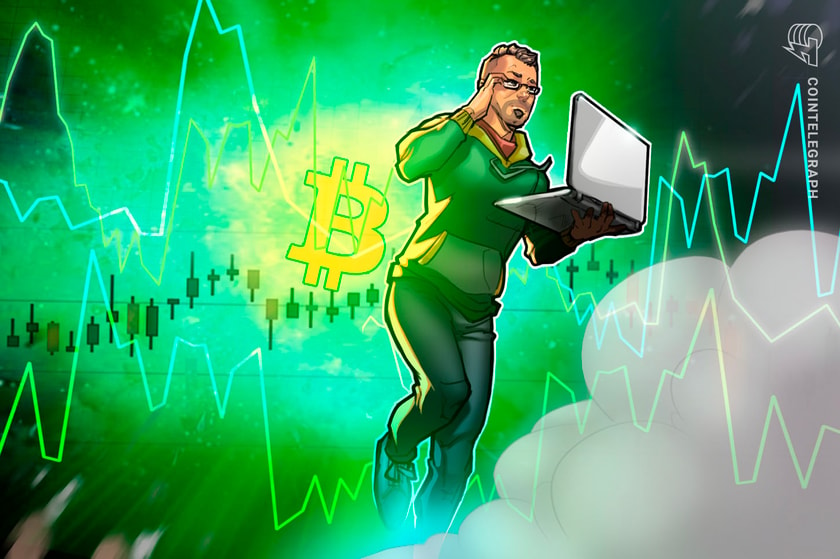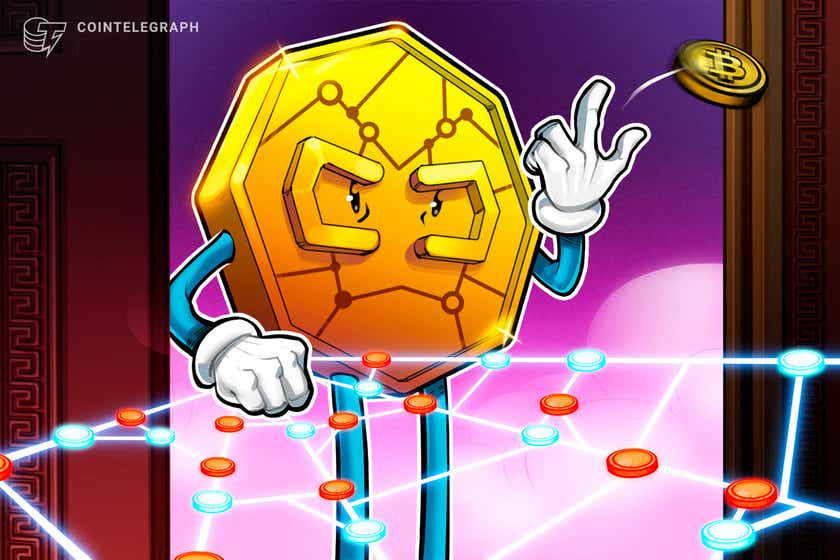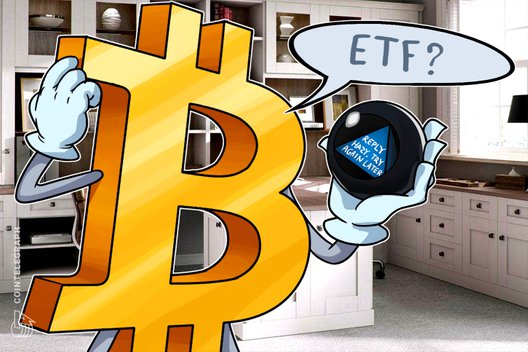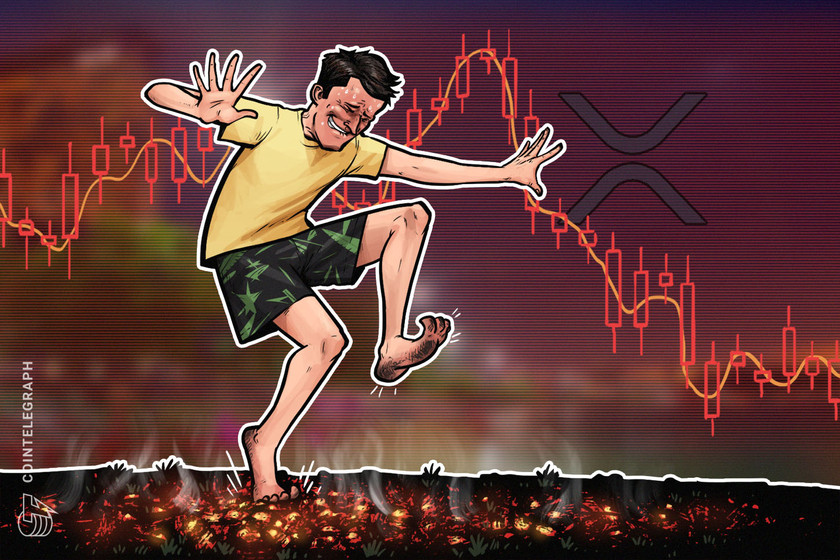Gone are the days of dusty ledgers and checkbooks. Over the last decade or so, the word “money” has taken on a completely new meaning for a lot of people all over the world. This is partly due to the masses being utterly frustrated with the way many big banks handle their business transactions.
In fact, with the use of physical money on the decline, the market for digital payments has started to replace a whole host of traditionally popular banking avenues. To put things into perspective, in Asia alone, more than 1.4 billion individuals make use of China’s two biggest payment platforms to facilitate their daily transactions.
Not only that, but with the rise of crypto, an increasing number of consumers all over the world have been afforded the opportunity to make their payments at thousands of retail outlets via the use of their digital holdings. However, with that out there, it is worth asking oneself the question, How do traditional currencies correlate with cryptocurrencies, and if they do, what are the key indicators that clearly point to these associations?
Bitcoin as a currency
To get a better understanding of the matter, Cointelegraph reached out to Gregory Klumov, the CEO of euro-backed stablecoin issuer Stasis. In his view, over the last 10 years of Bitcoin’s (BTC) lifecycle, the flagship crypto asset has exhibited short periods of correlation with risk assets such as equities and emerging-market currencies. He went on to add:
“In the long run, I could not find any meaningful (>0.5) r-squared value comparing it to other assets. I believe that BTC will further continue to gain traction as a non-correlated asset, and become a genuine member of the liquid alternatives asset class.”
Even though Bitcoin has been the best-performing asset of the last decade, questions regarding its volatility have often been raised. To this point, Will Reeves, the CEO of Fold — a privacy-focused platform for crypto payments — told Cointelegraph that even though Bitcoin is perceived as being more volatile than most fiat currencies, the crypto asset is not subject to the same inevitability of inflation as the United States dollar, Russian ruble or the euro. Speaking on what truly sets Bitcoin apart from state-backed currencies, Reeves opined:
“Governments are constantly printing more money, but bitcoin has a fixed supply (no more than 21 million bitcoins will ever exist). Scarcity creates demand, ensuring that bitcoin will tend to gain value over time, unlike fiat currencies whose long-term value tractories are more unpredictable.”
A closer look at Bitcoin’s relationship with premier fiat currencies
Upon examination, it becomes clear that when Bitcoin is pitted against major players like the U.S. dollar, euro, British pound, Russian ruble, etc., the premier crypto coin’s meteoric rise shines forth quite clearly, as all the aforementioned currencies have faced repeated periods of long-term stagnation and economic collapse. In this regard, Bitcoin stands alone in its ability to recover beyond its past highs within short time windows, as has been exhibited time and again by the flagship asset.
On the subject, Sky Guo, the CEO of Cypherium — an enterprise-focused blockchain platform — told Cointelegraph that he believes Bitcoin’s amazing comeback power lies solely with the fact that it makes use of a deflationary design model. Not only that, Guo also pointed out that Bitcoin stands alone in another, more abstract metric: its overall purchasing power. He explained:
“Some experts misguidedly confuse price with purchasing power, i.e., they believe that a currency’s purchasing power is directly expressed by its USD value. In fact, Bitcoin’s purchasing power has risen as steadily as the dollars’ has fallen. Since the start of the 20th century, a single dollar’s impact on the material flow of goods and services in the world has steadily declined. Bitcoin’s impact on wealth and the flow of capital is becoming more powerful every day, as the engineers and entrepreneurs in our space continue to build out its spending infrastructure.”
Providing his detailed insights on the matter, Gauthier Bros, the CEO of Atayen — a company providing web solutions across the fields of blockchain, big data and cloud computing — told Cointelegraph that while the purchasing power of most established fiat currencies may not appear to fluctuate wildly when looked at within a monthly time frame, on the scale of years and decades, individuals who invest heavily in fiat inevitably end up losing value in unprecedented proportions. He explained:
“Everyone knows well that the value of $1 or €1 was worth much more in the 1990s than it is today. BTC is only a decade old, if on May 21, 2011, one could buy a pizza for 5000 BTC, today those same 5000 BTC are worth $30,000,000. Many savers who have bet on FIAT currencies would be very happy to have been able to take advantage of such an appreciation of their savings.”
Finally, Eric Benz, CEO of the Changelly crypto-trading platform, told Cointelegraph that when he started deeply exploring the crypto domain at the turn of the last decade, Bitcoin was trading at around $1 per coin. However, between 2011 and 2018, the digital currency went on to showcase its true monetary worth, regardless of any comparisons to traditional assets. Benz further added:
“I don’t really agree when Bitcoin is compared against fiat currencies. Bitcoin might act like money but it is far bigger than this, hence its value and volatility. Money is merely the first ‘app’ for Bitcoin and we have yet to witness how revolutionary this technology will be in changing many different industries. Fiat currencies all have to be more or less strong but as we have seen over the past decades, government-backed money is becoming more and more suspect and as a result, people have begun to really lose trust in it.”
He then stated that in many of the world’s more volatile regions, local currencies are slowly losing significance as more people become increasingly dependent on the U.S. dollar. Benz also pointed out that due to Bitcoin’s scarcity — in that only a total 21 million coins will ever exist — the currency will become more valuable as time passes.
Bitcoin’s volatility compared with traditional fiat assets
Even though there is a perception that traditional fiat assets like the dollar or the euro are not as volatile as crypto, it is worth remembering that volatility can only be truly measured when one is allowed to work with a minimum of two distinct assessment parameters, like the dollar being stacked up against Bitcoin.
To better illustrate this point, Sidharth Sogani of Crebaco, a blockchain/crypto research and intelligence company, told Cointelegraph that the price of Bitcoin is conventionally considered to be volatile when talking in terms of the dollar alone. However, he proceeded to add:
“One Bitcoin always remains one Bitcoin. Same thing is with other fiat currencies. But the problem is we don’t get to see the other parameter to measure the value of USD (as in we don’t know what is it backed by) since governments don’t disclose the other side. Hence we think one dollar is still one dollar in terms of its face value, not the actual value. The actual value is badly manipulated. Recently, trillions of dollars were pumped in due to the crash, where do you think they are getting all those dollars from?”
On a somewhat related note, Nokenchain CEO Guillaume Thuillet told Cointelegraph that while fiat currencies tend to display low short-term volatility, this is simply due to the fact that if the money currently being circulated globally were to drop by 10% in value overnight, the results experienced worldwide would be catastrophic. Therefore, in essence, governments have to keep printing money and pumping it into their local economies to maintain a status quo for markets all over the world to remain relatively stable.
Finally, Jasper Tay, the chief operating officer at Plutus — a crypto debit card provider — commented on the volatility aspect of Bitcoin. He told Cointelegraph that people shouldn’t be looking for correlations between Bitcoin and other fiat currencies, but should rather compare the crypto asset with stock market indices. “The market needs to realize there is an opportunity to trade into a decentralized asset when we are on the cusp of another credit crisis and depression,” he said.
Tay also opined that while Bitcoin is widely recognized as a volatile asset, investors need to bear in mind that this market still has a relatively low number of participants when compared to most fiat-driven sectors, which results in less liquidity and faster price jumps.
Why do people still trust the traditional banking sector?
For more than a century, people all over the world have been taught in their schools and universities that a slight degree of inflation is always necessary for economic growth. However, this very inflation results in what could be referred to as a recession every decade or so.
Even though the global value of different economies across the planet might have increased a hundredfold over the past century alone, what this basically points toward is that a bigger financial bubble is being created behind the scenes. Elaborating his thoughts on this matter, Sogani added:
“These bubbles have now caught the attention and people are more aware of how manipulation is being done by central banks. Bitcoin is deflationary or a stagnant system. as there is no new printing of BTC. The Alfred Marshall (father of economics) is yet to be born for the decentralized world. Very soon this economic aspect of the Bitcoin-led economy will be recognized.”
On the same subject, Benz explained that people still trust the system in place because it is all they have ever known. In addition to this, he pointed out that there is a clear lack of educated individuals who are aware of the differences between government-backed fiat currencies and crypto.
Paolo Ardonio, the chief technology officer of Bitfinex and Tether, also commented on this topic, telling Cointelegraph that the situation the world is currently facing has validated what the crypto industry has been building to over the past 10 years. He added that the global economy needs transparency and blockchain now more than ever: “You can’t keep printing money out of thin air leaving our children to pick up the debt. Bitcoin is the answer.”
Lastly, Bros added lightheartedly that whether it’s the U.S. Federal Reserve or the European Central Bank, most centralized financial entities don’t seem to find obstacles to their favorite pastime: printing more money. He also added that this very act of creating more cash out of thin air is the basis of all financial bubbles and continues to give a lot of people the confidence they currently have in their existing monetary systems. He pointed out:
“Thanks to their dollars, people can fill up their shopping trolleys, the petrol tank of their car. They cannot do this directly with Bitcoin, it is this capacity of FIAT that gives them their confidence. If tomorrow, and this will be the case, the masses find themselves extorting from their savings ([i.e.,] war effort against coronavirus), that their money no longer allows them to consume as before, they will turn to a system that does not allow this kind of excess, BTC will then make sense.”
Looking ahead
From a historical standpoint, a vast majority of traditional fiat assets have enjoyed extended durations of capital deployment from established institutions that provide their value with a stable anchor. However, the problem here is that institutional capital tends to reduce the volatility of an asset by running arbitrage and derivatives strategies.
Being a very young asset, Bitcoin still lacks the same volume of institutional capital participation, which is why it still fluctuates quite wildly. However, with the masses now slowly beginning to realize the limitations of the legacy financial system, it would not be surprising to see the aforementioned scenario change in the coming few years.









